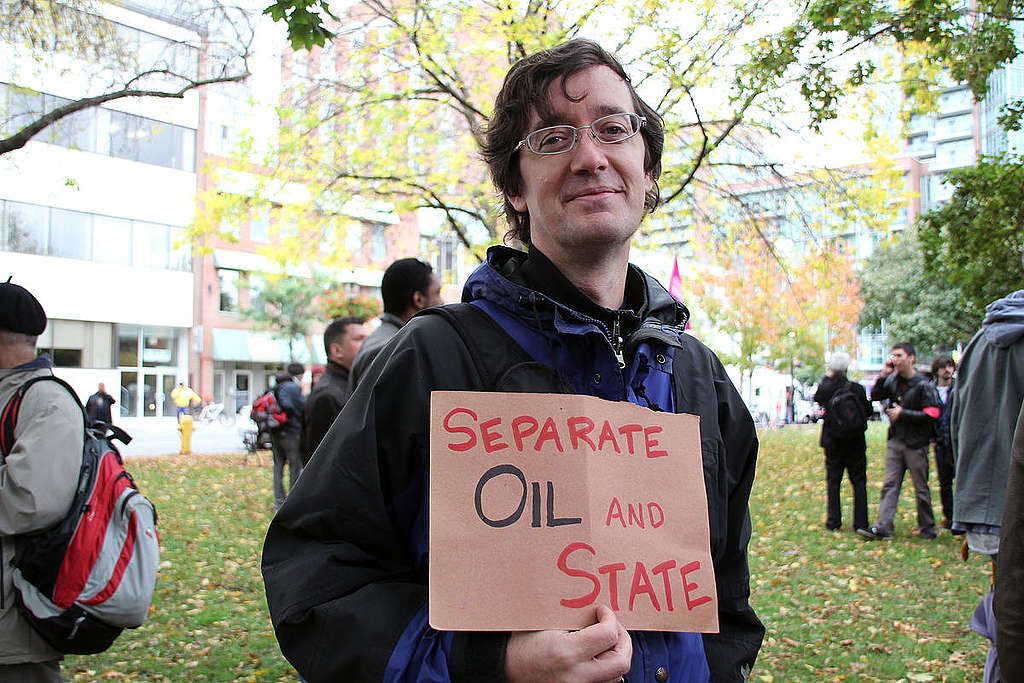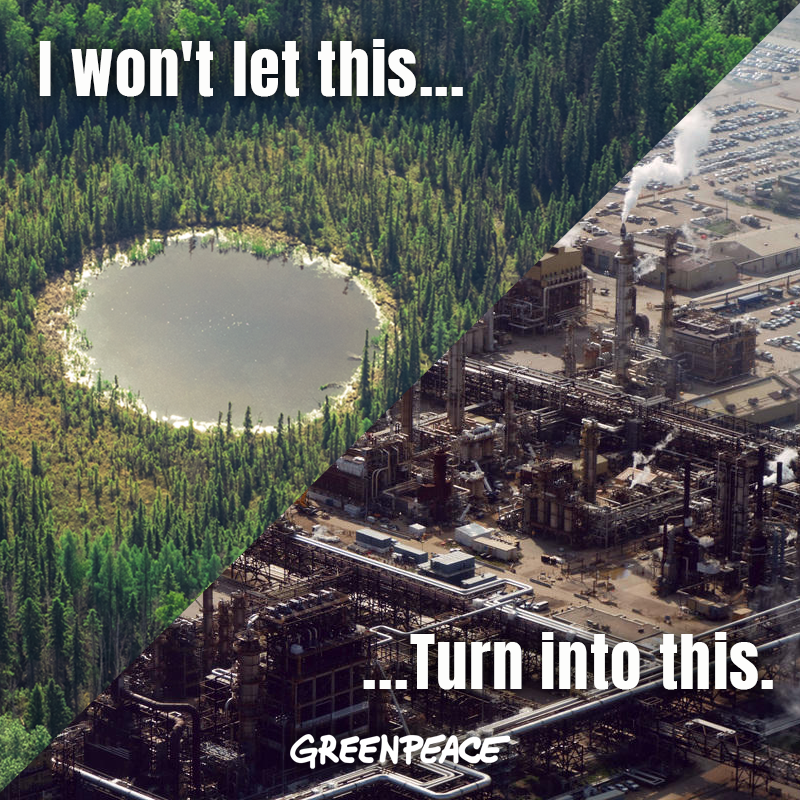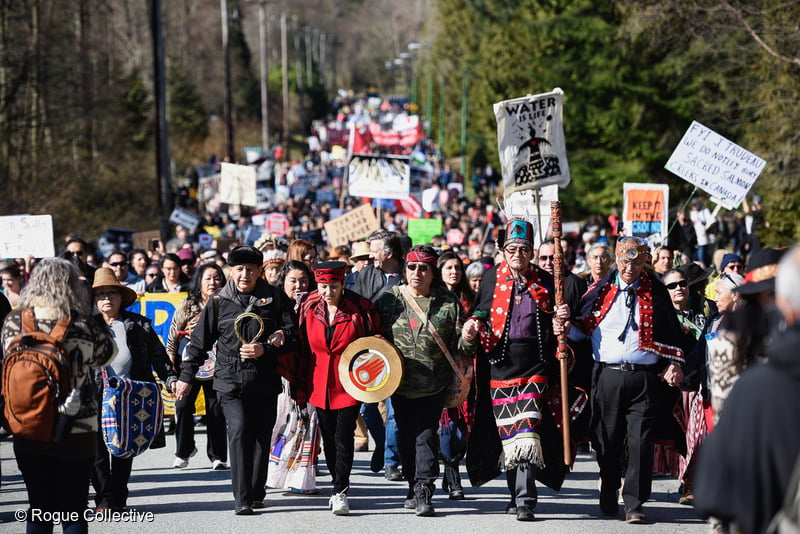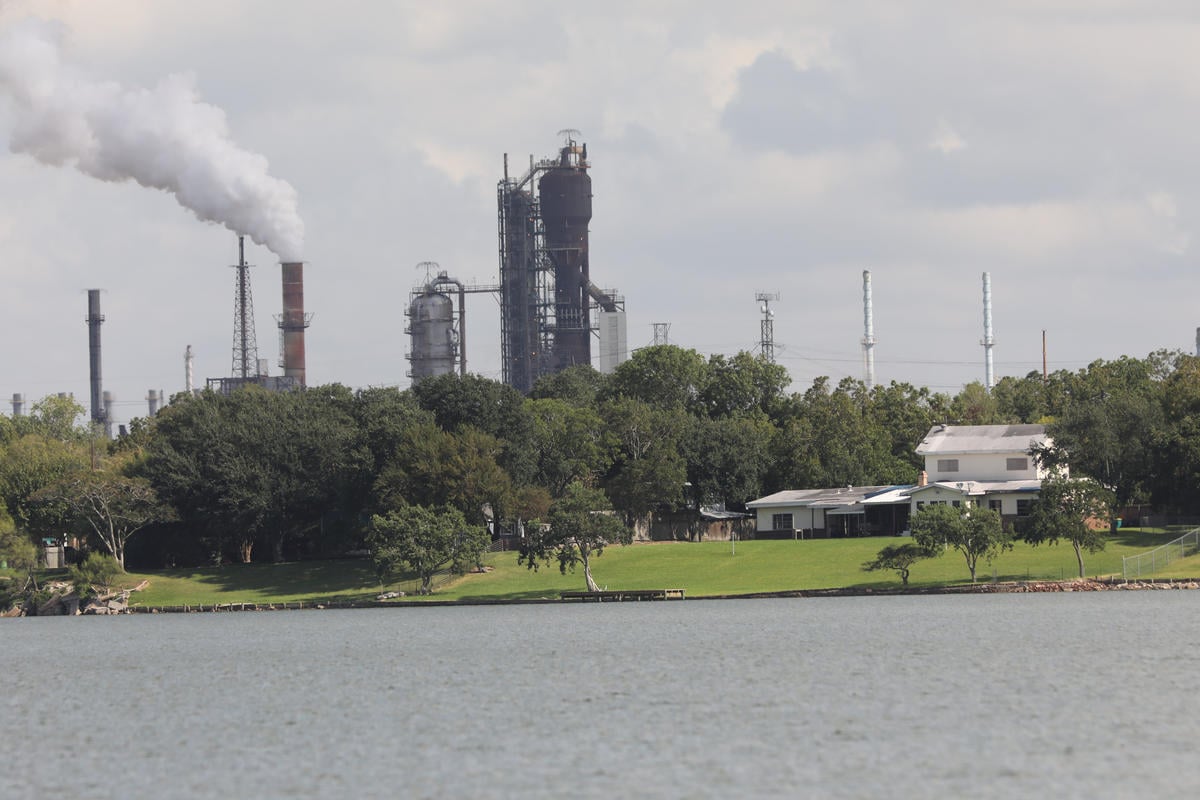You’ve read it in the headlines. You’ve heard about it on the radio. But what actually is the Teck Frontier mine and why does it matter?
Here’s what you need to know.
(Scroll to the end for spoilers on what happens next and how to take action!)
1. If built, the Frontier mine would be one of the largest tar sands mine ever proposed.
Teck Resources is a Vancouver-based mining company that has proposed to build a new open-pit mine to dig up 260,000 barrels of bitumen per day for 40+ years. Bitumen is a type of crude oil found underground in the Alberta tar sands (also called oil sands). The mine would cover 24,000 hectares — an area twice the size of Vancouver or half the size of Montreal.
2. It would lock in 6 million tonnes (MT) of greenhouse gas emissions yearly until 2067 … nearly two decades after the Liberals promised we would reach net-zero emissions.
We did the math. If it were in operation today, the Frontier mine would be the fifth-largest source of greenhouse gas emissions (GHGs) in Canada. While you may see 4 MT in media reports, the 6 MT includes upstream emissions (generated by the extraction, processing, handling and transportation of the bitumen) and the emissions due to land use changes, such as turning forest into industrial land. It’s important to factor these in.
3. Approving the mine with conditions or relying on Teck’s promise to go carbon neutral by 2050 would be highly questionable
One thing reported by the CBC to be under consideration by cabinet is approving Teck with the condition that Alberta legislate a promise to cap tar sands emissions at 100 MT by 2050. Emissions are at 81 MT (as of the 2017 national GHG inventory). All of the other tar sands projects already approved (before we even get to Teck) take that total to over 130 MT. [1]
It’s also questionable how Teck plans meet its claim to go carbon neutral by 2050. Carbon offsets (doing things that take carbon out of the atmosphere, like planting billions of trees) simply won’t cover the massive amount of carbon the mine and other projects will generate.
“Teck is promising to fight climate change by using electric vehicles at their new oil sands mine, which is like a tobacco company announcing they will fight cancer by encouraging their employees to stop smoking,” said Keith Stewart, our senior energy strategist who has a PhD in environmental policy.

4. Financial experts have big doubts about the mine’s economic feasibility.
In January 2020, the Institute for Energy Economics and Financial Analysis published research showing that the expected profits are based on inflated future oil prices of $95 per barrel … even though oil prices are unlikely to rise beyond the $60-70 per barrel range in the coming years. In a world beginning to transition away from fossil fuels, will the customers and jobs really materialize?
5. The project threatens Indigenous rights and Indigenous groups are raising concerns
According to Indigenous Climate Action, while 14 Indigenous communities have signed Impact Benefit Agreements (IBAs) with Teck, “confidential IBAs [are] one of the only avenues for compensation for loss and damages created by the industry … IBAs are not an enthusiastic yes for this or any project. In fact, many of these communities continue to be intervenors in the JRP process to raise concerns about environmental, health and cumulative impacts. However, IBAs have become a last resort for many Indigenous communities who feel their voices and concerns are being ignored.”
The JRP is the Joint Review Panel which gave the project its initial greenlight. The report of that panel states, “Indigenous groups that participated in the hearing raised concerns about the adequacy of consultation by the governments of Canada and Alberta, particularly with respect to the management of cumulative effects in the oil sands region and the impact of these effects on their aboriginal and treaty rights.”
6. Building the mine could have some pretty serious effects on wildlife.
According to the project review, the mine would remove 2,598 hectares of old-growth forest and have a net loss of 14,000 hectares of wetlands. It threatens to destroy large portions of habitat for one of the only free-roaming, disease-free herds of Wood Bison, jeopardizing the species’ recovery. It also threatens the habitat of the critically endangered Whooping Crane.
So, what happens now?
Prime Minister Justin Trudeau’s cabinet has until February 28th to make a decision: approve, deny or delay a decision on Teck’s permit to build. For all of the reasons above, Greenpeace Canada opposes the project.
We think fears about job security and well-being from oil industry workers are justified as climate policies come into effect here in Canada and all around the world. We believe that the federal government should offer workers sustainable employment solutions rooted in the Liberals’ election promise to introduce a Just Transition Act. This should include an economic package to support the workers and communities currently dependent on oil through the shift to a zero-carbon economy.
Click here to take action calling on cabinet to #RejectTeck
[1] Presuming all projects proceed using existing production techniques. Submissions of the Oil Sands Environmental Coalition, Volume 1.






Discussion
Not Canadian, so only one small comment, which has to do with whom you associate with, rather than TECK.......Jane Fonda? You lost me even mentioning she is sympathetic to your cause......USA Traitor! Go TECK Go!